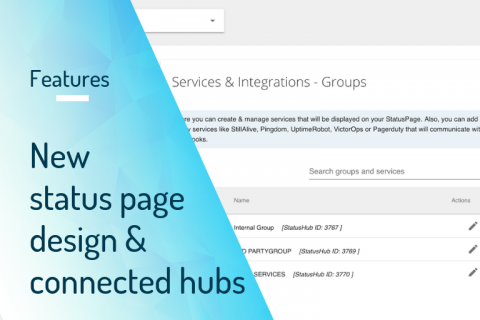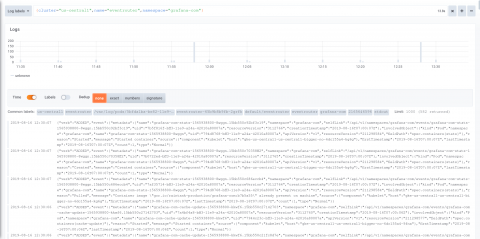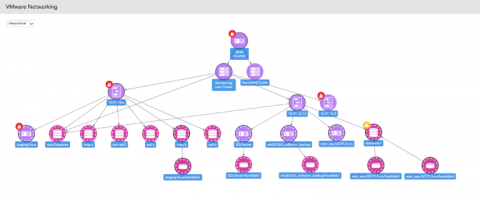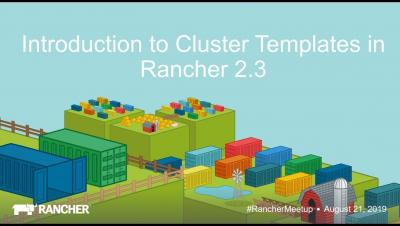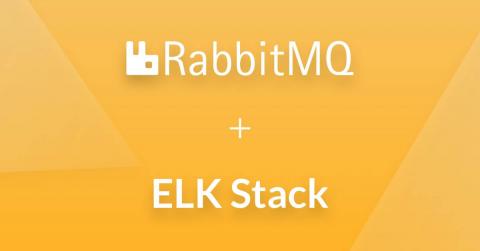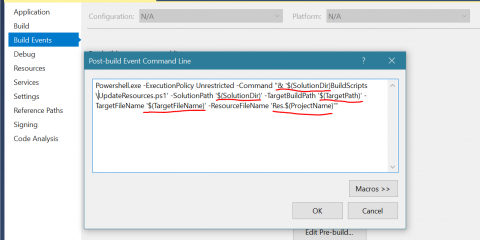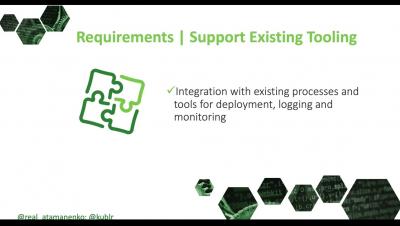Operations | Monitoring | ITSM | DevOps | Cloud
%term
Working with REST APIS - Part 2
Welcome to Part Two of our two-part series on REST APIs. Now that you’ve learnt all about what REST APIs are and how they work, let’s have a look at how you can get the most out of your REST APIs. We will illustrate this through the example of integrating Squared Up with the ServiceNow REST API.
New status page design and connected hubs
Announcing 3 new big changes in StatusHub! Firstly, a new UI for Services and Integrations. Secondly, a new feature "Connected Hubs". And thirdly, a new design for status pages is coming soon.
How Grafana Labs Effectively Pairs Loki and Kubernetes Events
As we’ve rolled out Loki internally at Grafana Labs, we wanted logs beyond just simple applications. Specifically while debugging outages due to config, Kubernetes, or node restarts, we’ve found Kubernetes events to be super useful. The Kubernetes events feature allows you to see all of the changes in a cluster, and you can get a simple overview by just retrieving them: This also captures when nodes go unresponsive and when a pod has been killed along with the reason.
From vSAN to vCenter: Discover Complete Visibility into your VMware Stack with LogicMonitor
Hey folks, it’s that time of year again. I’m not talking about the end of summer; I’m talking about VMworld, of course! VMworld has been my jam for the last few years here at LogicMonitor, but this year I’m focused on some other cool projects hitting the market soon, including LM Exchange (you may have seen a sneak preview if you attended our inaugural user conference, Level Up).
Sentry's Internal Integrations: Build internal tools that fit your workflow
Sentry helps developer teams build the most reliable software. Our help often manifests in two distinct forms: resolving issues in your product and ensuring that issue resolution fits seamlessly into existing workflows. We recently launched our Integration Platform, which allows developers to build publicly available tools on top of Sentry. For the launch, we built many new features, while also making it easier to use existing ones.
August 2019 Online Meetup: Introducing Cluster Templates
Monitoring RabbitMQ with the ELK Stack and Logz.io Part 1
RabbitMQ is an open source message broker that was built to implement AMQP in 2007, and over the past twelve years has grown to include HTTP, STOMP, SMTP and other protocols via an ever growing list of plugins.
Updating Resources.mpx at build
If you’re developing a management pack with custom UI and/or .NET modules you’ve gone through the steps of getting your DLL recognized by the engine and loaded as an Assembly or DeployedAssembly depending on the project (here’s an SCSM example). Durning an ongoing project constantly updating the resource mpx file to have the correct QualifiedName can be frustrating, time-consuming, and error-prone.




